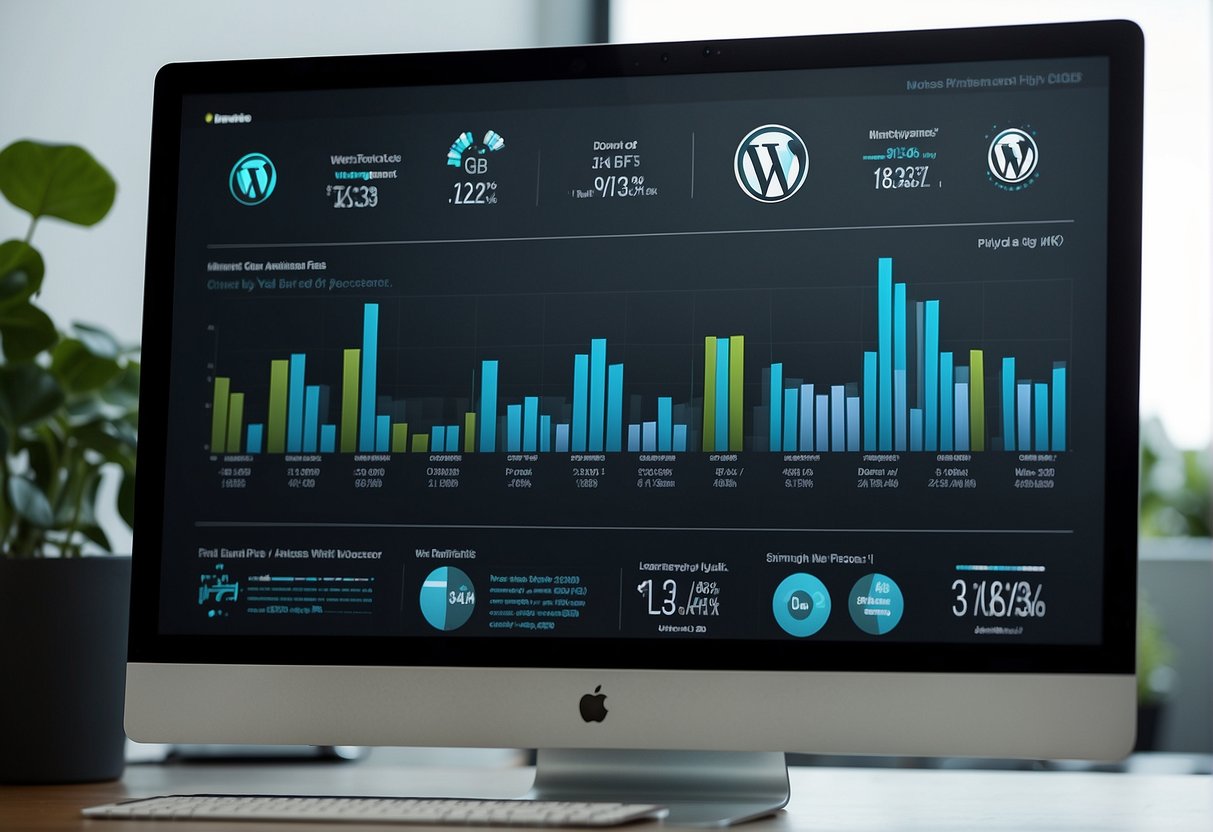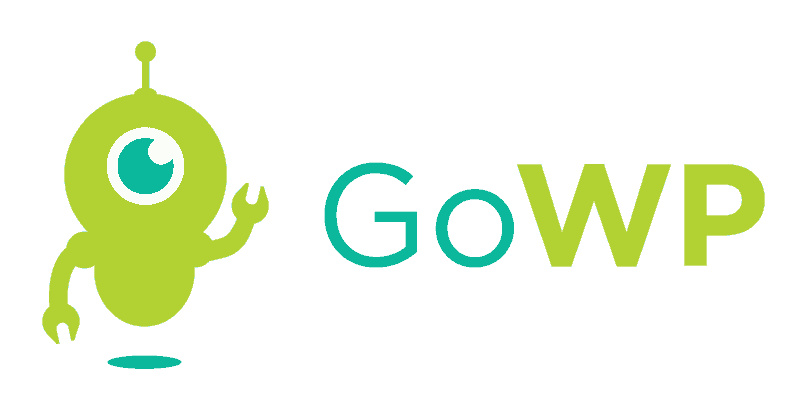WordPress maintenance has become an increasingly vital part of the digital landscape as the platform powers a significant portion of the world’s websites. Your success in managing websites has to evolve in tandem with technological advancements and industry trends. Understanding these shifts is not just beneficial; it’s essential to staying competitive. Agencies thriving in this environment recognize that proactive maintenance and keen awareness of evolving trends are key to delivering optimal performance and robust security for their clients’ WordPress sites.

The digital landscape today is highly dynamic, with user expectations and search engine algorithms constantly changing. Website speed, uptime, and security are no longer mere value-adds but prerequisites for online success. As an agency, your responsibility includes ensuring that every WordPress site under your care meets these standards. To do this effectively, you need to stay updated on the latest developments in WordPress core updates, plugin management, and security best practices.
Adapting to the latest trends in WordPress maintenance can shape the direction of your agency’s growth. It’s about more than just keeping sites running; it’s about optimizing them to take advantage of new features and integrations that the platform regularly introduces. Whether it’s harnessing the power of the block editor or implementing automated update strategies, these trends are the pivot points for agencies aiming to provide cutting-edge service. Your agency’s ability to integrate these trends into its service offerings can make the difference between just surviving and truly thriving in the ever-evolving digital sphere.
State of WordPress Maintenance
As WordPress continues to dominate the CMS market, understanding the evolving landscape of WordPress maintenance is crucial for your success. Your focus on staying abreast of these shifts will ensure you maintain your competitive edge in the industry.
2021 WordPress Maintenance Survey Insights
The data gleaned from the 2021 WordPress Maintenance Survey provides actionable intelligence for your operations. One standout trend is the increasing reliance on automation for routine tasks. This shift has empowered agencies to scale their services efficiently. Moreover, with over 40% of respondents prioritizing security maintenance, it’s evident that protecting client sites from vulnerabilities is a high concern. Here’s a snapshot of key metrics:
- Security Updates: 90% automate
- Plugin Management: 80% prioritize
- Offsite Backups: 70% conduct daily
WordPress Development and Ecommerce Trends
Ecommerce has become inseparable from WordPress development, thanks to the prominence of WooCommerce. By integrating with WordPress, WooCommerce has enabled you to leverage a robust ecommerce solution seamlessly. In recent trends, customization and performance optimization are pivotal, addressing the typical user’s expectations of fast, personalized online shopping experiences. Here, adaptive website design and mobile optimization take the lead, underlining the need for responsive maintenance strategies to enhance user engagement and sales.
Optimizing WordPress Performance
Optimizing your WordPress website ensures it performs efficiently, loads quickly, and remains secure. Attention to detail in these areas can significantly improve both user experience and SEO ranking.
Performance Optimization Best Practices
Choose a Quality Hosting Provider: Your website’s foundation impacts its performance. Opt for a provider known for its speed and uptime.
Update Regularly: Keep WordPress, themes, and plugins up to date. Each update not only brings new features but also performance improvements and bug fixes.
Use Caching: Implement caching to store frequently accessed data, reducing server load and response time.
-
- Page caching
- Browser caching
- Object caching
Database Optimization: Clean your database regularly to remove unnecessary data and keep its size to a minimum, which helps maintain swift query responses.
Use a Content Delivery Network (CDN): A CDN distributes your site’s files across servers worldwide, speeding up access for users regardless of location.
Optimize Images: Ensure images are the right size and compressed for the web.
- PNG for graphics with less than 16 colors
- JPEG for photographs
Minify Resources: Minify CSS and JavaScript files to reduce size and improve load times.
Speed and Security Enhancements
Implement SSL: Secure your site with SSL to encrypt data between the server and the user’s browser, enhancing both security and trust.
Choose Secure Plugins and Themes: Only use reputable sources for your plugins and themes to avoid security vulnerabilities.
Security Plugins: Install security plugins that offer features like firewall protection and malware scanning.
Regular Backups: Schedule regular backups to minimize damage in case of a security breach.
Limit Login Attempts: Protect against brute force attacks by limiting login attempts.
Monitor Your Site: Use security monitoring services to be alerted of potential security threats.
Speed Tests: Regularly test your website’s speed to identify areas for improvement.
Implementing these practices will contribute to the overall performance, speed, and security of your WordPress site, which are key factors for maintaining a competitive online presence.
Enhancing User Experience and Accessibility
When you refine your WordPress site, centering on user experience (UX) and accessibility is vital for reaching more users and improving your agency’s success metrics.
UI/UX Design Considerations
Your site’s User Interface (UI) directly influences your user experience. A well-designed UI embraces clean and intuitive themes that guide visitors seamlessly through your content. Focus on a responsive layout, ensuring your site adjusts smoothly to various screen sizes and devices. This responsiveness is critical, as it can affect your search engine rankings, commonly known as SEO optimization.
Consistency in design is essential. Use recurring elements such as color schemes, font styles, and button shapes to create familiarity. For your website’s navigation, consider the most logical flow of information. This helps users find what they need quickly and improves the overall UX.
Accessibility and Inclusivity in Web Design
Inclusivity in web design means your site caters to a wide audience, including those with disabilities. Implementing accessibility features is not only ethical but also expands your reach. Ensure that your WordPress site adheres to the Web Content Accessibility Guidelines (WCAG). This might include text-to-speech functionality, the option to increase text size, and high-contrast color schemes.
Always optimize images with alt text to aid those using screen readers. Accessible websites also rank better in search engines, as they are more user-friendly and meet a wider set of user needs. By prioritizing accessibility, you demonstrate social responsibility while potentially boosting your SEO performance.
By concentrating on these aspects of UI/UX design and accessibility, you help ensure that your WordPress site is attractive, functional, and accessible to a diverse range of users.
WordPress Security and Regular Updates
Maintaining the security of your WordPress site involves a proactive approach to managing vulnerabilities and ensuring your site stays up-to-date with the latest patches and features. Let’s explore how this can be effectively managed through vulnerability management and the use of security plugins.
Vulnerability Management and Backups
You play a crucial role in safeguarding your WordPress site against potential vulnerabilities. It is imperative to stay abreast of new security patches and update your website regularly. Regular updates not only introduce new features but also fix security bugs and flaws that could be exploited.
When to Update:
- WordPress Core: As soon as updates are released
- Themes & Plugins: Update frequently, checking for new versions weekly
Implementing a routine backup strategy is equally important. Should your site fall victim to an attack, backups are your safety net, allowing you to restore your site to a pre-attack state with minimal disruption.
Backup Best Practices:
- Frequency: At least weekly; daily for high-traffic sites
- Storage: Off-site locations like Dropbox or a dedicated backup service
- Testing: Regular testing of backups to ensure data integrity
Implementation of Security Plugins
Security plugins are vital tools in your WordPress maintenance arsenal. They provide a range of security features designed to strengthen your site’s defenses. For example, plugins like Sucuri or Wordfence offer firewalls and malware scanning to detect and block threats before they can cause harm.
Key Security Features in Plugins:
- Firewalls: Block malicious traffic and brute force attacks
- Malware Scans: Regular scans to detect malicious code
- Login Hardening: Limit login attempts and add two-factor authentication
Consider using Yoast SEO for added benefits; although primarily an SEO plugin, it provides XML sitemap features that can discourage indexation of sensitive areas of your site.
Remember, the right security plugins can significantly reduce the risk of security breaches, but they should always be used in conjunction with other best practices, such as keeping your WordPress core, plugins, and themes up to date.
The Role of AI and Marketing in WordPress
With advancements in artificial intelligence (AI), your approach to WordPress maintenance and marketing is rapidly evolving. AI integration vastly improves content creation, while targeted digital marketing and robust social media strategies guarantee your message reaches the intended audience.
AI Integration and Content Creation
AI in WordPress assists you in generating high-quality content with greater efficiency. For instance, automatic content generation tools powered by AI can produce drafts based on your input, significantly reducing your writing time. These tools analyze data trends to suggest topics that will likely engage your audience, optimizing your content strategy. Furthermore, AI helps enhance your SEO efforts, providing recommendations for keywords and monitoring your site’s SEO performance to adjust strategies in real time.
Benefits:
-
- Automated draft creation
- Trend analysis for topic suggestions
- Real-time SEO optimization
Additionally, AI-driven analytics give you insights into user behavior, allowing for more precise content tailoring to user preferences, which can increase engagement and conversions.
Digital Marketing and Social Media Strategies
Your digital marketing efforts are more data-driven with AI. Personalized advertising campaigns using AI algorithms target specific demographics with higher precision, thus increasing the ROI of your ads.
In social media management, AI tools schedule posts, analyze the performance of your content, and even interact with users through chatbots. This automation ensures consistent presence on social media platforms and allows for real-time engagement with your audience.
Strategies:
-
- Personalized ad targeting
- Scheduled posting and performance analysis
- Chatbot interactions for enhanced user experience
A systematic approach to AI in WordPress marketing positions you to meet your objectives with greater success.







